
Over the years and with developments we have become accustomed to increasingly refined doughs for the pizzas that we enjoy all over the country. Just as the types of dough have increased, so have the types of "flours": in pizzerias we can find whole wheat flour, spelt flour or hemp flour. Pizza is made with water, flour, yeast and salt and there is no doubt about it but the flour can vary even if the standard ones remain 00, 0, 1, 2 and whole wheat. In reality both at home and in pizzerias, if the person kneading the dough manages to find the right balance, a very high quality product can be obtained by playing with the flours. It all depends on the skill of the pizza chef.
Dough Alternatives to Wheat Flour
The use of alternative flours to wheat flour for pizza preparation is a growing trend, both for health reasons (gluten intolerance, search for more nutritious alternatives) and for the desire to experiment with new flavors and consistencies. In recent years, pizza has gone beyond the boundaries of traditional 00 flour, opening up a world of possibilities thanks to the use of alternative flours. These flours, coming from cereals other than wheat or legumes, offer a wide range of flavors, textures and nutritional benefits.
1. Wheat Flour
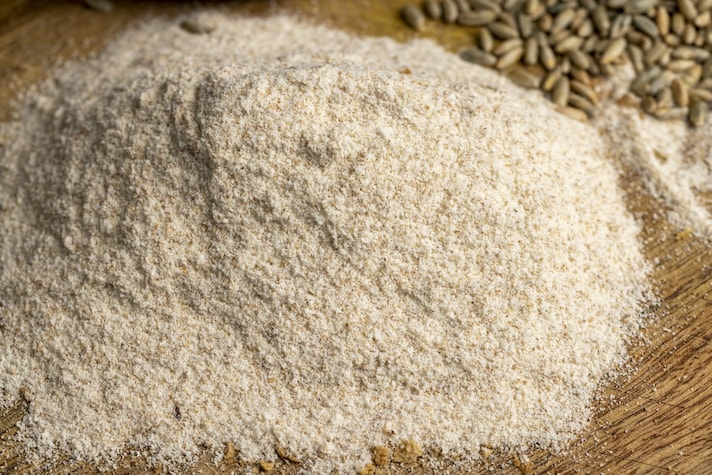
Doughs made with whole wheat flour are identical to standard doughs but have greater nutritional properties. So why doesn't everyone use them? Because wheat flour doesn't help build the gluten mesh: wheat absorbs a lot of water and there's a risk that the pizza will look a lot like whole wheat bread, without having the structure. For this reason, those looking for those characteristics usually use type 1 or 2 flours that have similar standards but are easier to work with. It's a flour that, paradoxically, we can recommend more for home doughs than for professional ones. Kneading with wheat flour for family or friends, therefore with small loaves, is easier than doing it for 1000 pizzas.
2. Khorasan Flour
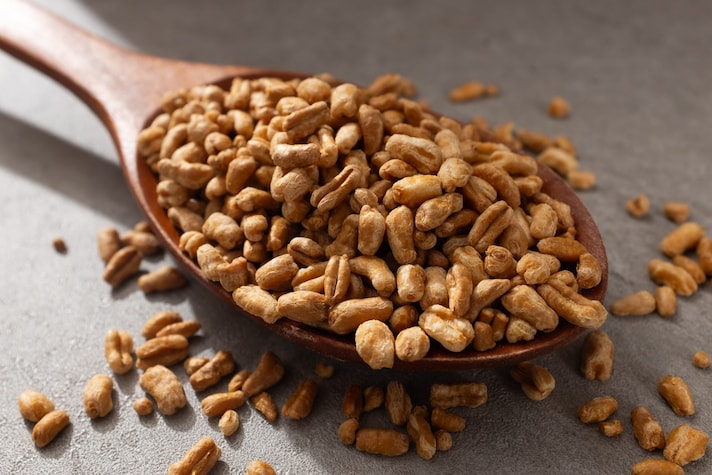
We are obviously talking about Kamut, a registered trademark of an American company that revolutionized US flours and has also arrived in Europe with mixed success. Kamut is a type of ancient wheat, also known as Khorasan wheat or oriental wheat. Its scientific name is Triticum turanicum. It is a cereal that dates back to ancient times, with traces of its cultivation dating back over 6,000 years. It is mostly used to strengthen traditional flours because, unlike wheat, this wheat cannot absorb much water and has a very tenacious gluten mesh. Pizzas with Khorasan are therefore harder than traditional ones and cannot have a pronounced crust.
3. "5 Cereal" Flours
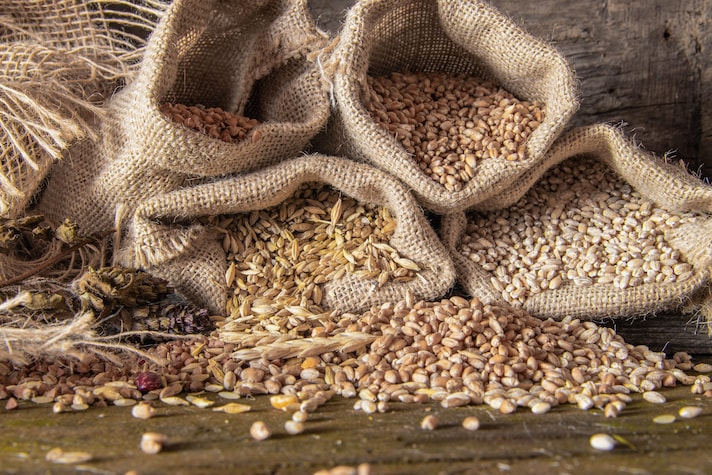
These are the most common alternative doughs in pizzerias. But what are these 5 cereals? If not specified, assume that they are spelt, rye, barley, oats and wheat of course. There are mixes made directly by companies in which, however, soft wheat flour is predominant. Usually they also have flax seeds, millet and sunflower seeds inside. The result is a dough very similar to what you can get with classic flour but with more nutrients and a more pronounced taste note. They are flours suitable for hosting rich fillings, especially those made with cured meats, because these doughs have a very rustic and country flavor.
4. Hemp Flour

This type of flour cannot be used "natural" but only as a blend for a soft wheat flour: it must not exceed 15% of the total weight. It is rich in proteins and significantly changes the flavor of the dough, which with the addition of hemp tends to hazelnut. The dough is generally more moist and sticky than that based on wheat flour, since hemp flour absorbs more liquids; the pizza crust is crispier and more golden, with a more intense and aromatic flavor. Thanks to the high fiber content, pizza with hemp flour is more digestible and filling. The color also changes, which is obviously greenish.
5. Spelt Flour
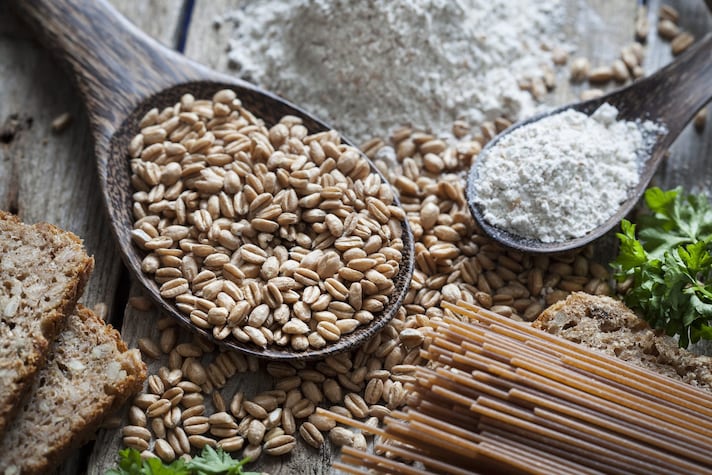
Making pizza dough with spelt flour is an excellent alternative for those looking for new flavors and superior nutritional properties. Spelt also gives the dough a slightly nutty flavor but has similar characteristics to wheat so it is quite simple to use. It absorbs less water and requires less maturation but it is a good alternative and can be used both pure and to mitigate flours that are too strong.
6. Burnt Wheat Flour
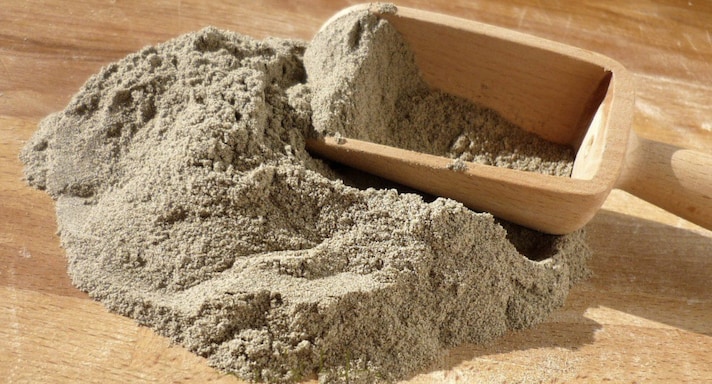
Burnt wheat used to be a low-quality food waste, today it is produced in a controlled manner, toasting the wheat grains in special ovens to obtain the desired degree of toasting. This process allows you to obtain a high-quality flour, maintaining the characteristic flavor but without the risks of contamination that could derive from traditional methods. Pizza with burnt wheat will have a darker shade than the traditional one, tending towards dark brown or gray, with a complex aroma and slightly smoky notes. Even in this case the result is a "rustic" dough, genuine but a little more moist thanks to the greater quantity of fibers present. You cannot use it as is, it must necessarily be mixed with strong flours because it has very little gluten inside.
7. Rice Flour

It is one of the best flours for celiacs on the market. If you want a gluten-free pizza, we recommend using this product. The taste is quite neutral and the dough tends to be moist and sticky (similar to a classic Chinese bao) but if you learn to use it the result is more than satisfactory. We also recommend it to those who are not intolerant if they want to enhance their toppings and use the pizza as a neutral base. If you want to use it, however, we recommend that you be very careful with the water and add it gradually to the dough because rice flour absorbs less liquid than wheat flour and you could have some unexpected problems.
8. Legume Flours
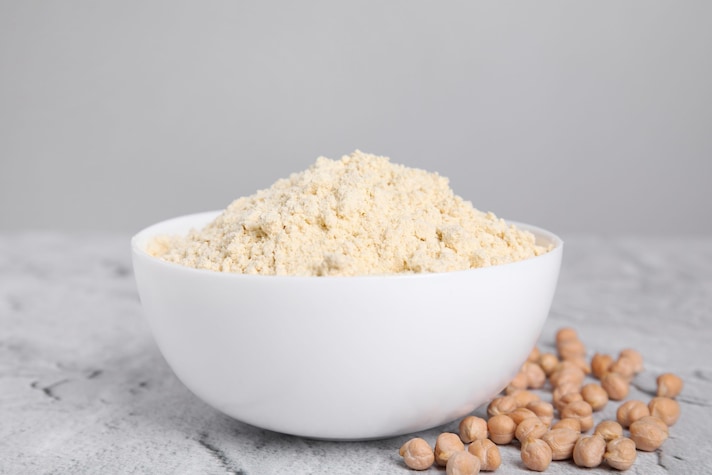
Legume flours, such as chickpea, lentil or bean flours, give the dough unique and interesting characteristics. Although many advertise them as "gluten-free" because they obviously do not contain gluten, we advise against using them in their pure form for taste reasons. If you are intolerant, they can be an alternative but the flavor suffers. However, they are excellent for enriching a classic wheat flour. Legume flours generally give the dough a denser and more moist texture than dough with wheat flour, with a consistency similar to a batter. The flavor varies depending on the legume used, but in general it gives the dough a slightly nutty flavor and a characteristic aroma that recalls the chosen legume. The crust is usually thinner and crispier than traditional pizza, with a consistency similar to a piadina, which is why we recommend adding it to other flours. They do not have a leavening power. Which flours should you choose?
- Chickpea flour is the most used for making pizza, it gives the dough a slightly nutty flavor and a more compact consistency.
- Lentil flour, very high in protein and fiber, has a slightly salty taste and a spicy aftertaste (just a hint), it is ideal to prepare even in a pan but the consistency is much more similar to a piadina than a pizza.
- Bean flour, like that of cannellini or borlotti beans, gives the dough a more delicate and creamy flavor, as if it were slightly greasy. In this case, more than in the others, it is even more complex to talk about "pizza" because it is usually used together with the egg, it is blended, and the line between "omelette" and "pizza" becomes too thin to distinguish them. However, you can use it in addition to a classic wheat flour.
9. Quinoa Flour

Quinoa flour is a great gluten-free alternative to traditional wheat flour for pizza. Quinoa, a "superfood" known for its high protein, fiber and mineral content, gives the dough a compact consistency (perhaps too much) and a slightly earthy and nutty flavor. We recommend using it in combination with rice flour to have a better consistency, more similar to that of a traditional pizza, because with quinoa alone the result is very thin, like a carasau bread.
10. Rye Flour
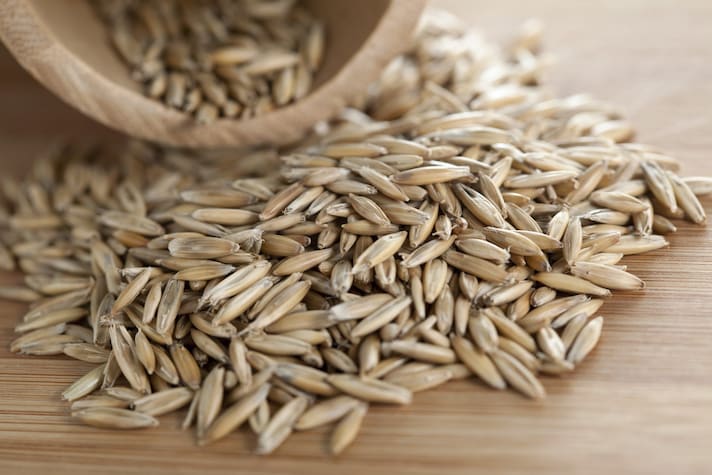
A darker dough, a sour and much more decisive flavor than wheat flour, with an intense and complex aroma that has malty and slightly smoky notes. These are the basic characteristics of rye flour, which we often see as the protagonist of special breads. You can also make pizza but you have to be careful to balance the toppings: a Margherita with rye flour is not a good idea, much more flavorful toppings are needed such as cured meats, aged cheeses and grilled vegetables.
11. Vegetable Carbon Flour
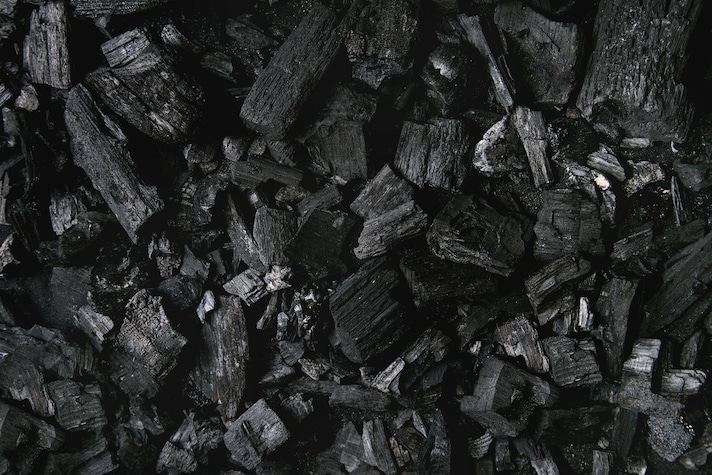
We close with a false myth and a non-flour because charcoal is little more than a colorant. You may have heard about the health benefits of charcoal, but it is important to clarify this aspect. Charcoal is a porous substance obtained from the combustion of organic materials in the absence of oxygen but it is not a source of nutrients. Its main characteristic is that of adsorbing (trapping) molecules, both beneficial and harmful ones. It is used to treat food or drug poisoning, as it absorbs toxins and prevents them from being absorbed by the body, it is effective in reducing intestinal gas, diarrhea and abdominal swelling but it has an effect in pharmaceuticals, not in cooking.
The porous structure of charcoal is so small that it traps any molecule, including vitamins and minerals. Being an inert substance, charcoal is not digested by the body and is eliminated with feces, so it is totally useless: it only serves to color pizza black.
;Resize,width=767;)
